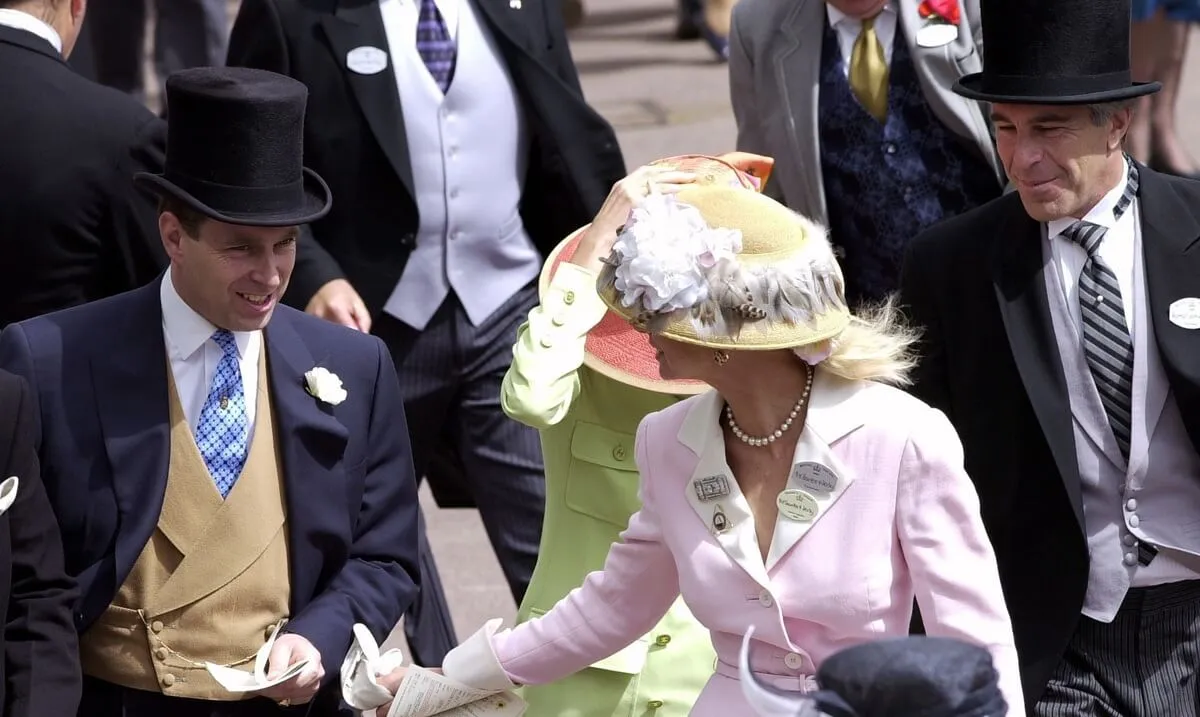A rare exhibit is shining a new light on centuries-old Japanese “shunga” art, once considered too explicit for public display. While traditionally sidelined as male-centered pornography, this showcase explores the genre’s surprising focus on female empowerment and cultural significance.
‘Female power’: Japan erotic art destigmatised in new exhibit

Key Takeaways:
- Centuries-old Japanese “shunga” art was long perceived as taboo.
- The exhibit features graphic depictions once dismissed as pornography.
- Organizers aim to distinguish shunga from more male-centered erotic media.
- “Female power” is a central theme driving the exhibit’s new perspective.
- Published by the Owensboro Messenger And Inquirer on August 29, 2025.
Introduction
Centuries-old Japanese “shunga” art has traditionally been viewed through a narrow lens—one that deemed it taboo or purely pornographic. This newly opened exhibit, however, seeks to rewrite that narrative. By spotlighting the artistry behind the most explicit imagery, organizers hope to prompt a deeper understanding of shunga’s historical and cultural importance.
Historical Context
Shunga has existed in Japan for centuries, depicting what many interpret as erotic or even risqué subject matter. Because of its portrayal of “enormous phalluses and acrobatic sex positions,” the art form was often hidden away from mainstream view. In previous eras, societal norms discouraged open discussion of sexuality, particularly in graphic form. Today, curators are encouraging the public to revisit these works not merely as sexual curiosities but as essential cultural artifacts.
Examining the Art
At first glance, the vivid depictions of sexual encounters can appear jarring. Existing preconceptions might lead some to see these prints as comparable to modern pornography. However, this exhibit highlights that shunga transcends mere shock value. The organizers, citing its “female power,” argue that these images question patriarchal assumptions and present nuanced aspects of intimacy and sensuality.
Female Power
One of the central themes shaping this exhibit is the prominence of women in these works. While often overshadowed by lurid details, the female figures in shunga are frequently depicted as possessing agency and influence. This focus on female perspective stands in contrast to the male-driven nature of much modern erotic material. By exploring the “female power” motif, the exhibit opens the door to re-evaluating shunga as a statement of mutuality and respect in a realm so often dismissed as exploitative.
The Exhibit’s Goal
Organizers emphasize a mission: to move shunga out of the shadows and into the public sphere as a legitimate cultural treasure. While the art remains graphic and unquestionably adult-focused, it also boasts a rich tapestry of Japanese history and tradition. By contextualizing how these works were created, viewed, and valued in centuries past, the exhibit challenges visitors to see beyond the taboo and appreciate the genre’s full significance.
Conclusion
This rare unveiling of shunga reveals more than explicit visuals—it showcases a shift in the conversation around sexuality and art. By centering on female empowerment and historical context, the exhibit offers a reminder that cultural artifacts often defy the simplistic labels they have carried for so long. Through this examination, shunga emerges not just as provocative imagery, but as a powerful cultural expression with a place in the broader story of human artistic endeavor.











